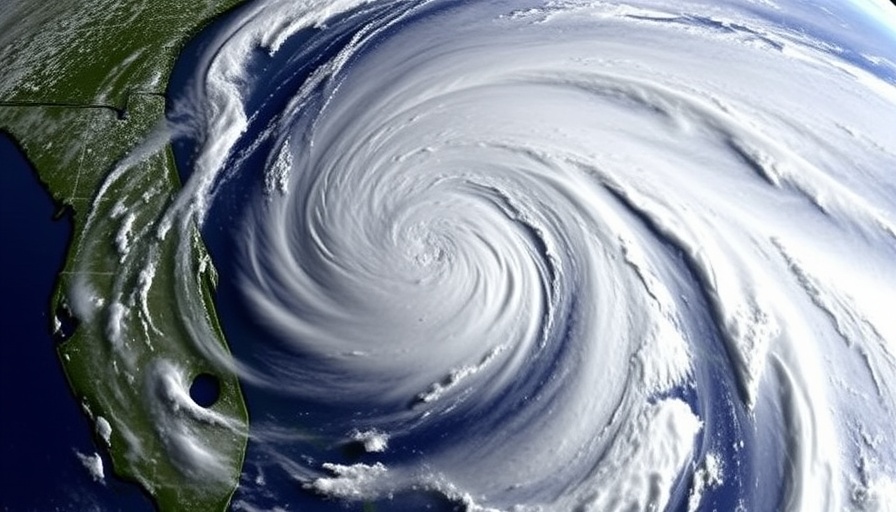
A Serious Heatwave: What Californians Need to Know
As Californians brace for a dangerously intense heatwave, unusual weather patterns throughout the American southwest are becoming more apparent. Starting on Wednesday and extending through the weekend, temperatures are expected to skyrocket into triple digits, especially in Southern California, with many regions facing unprecedented heat challenges. Records for daily highs are likely to be broken in cities such as Los Angeles, while areas across Arizona and Nevada will also suffer under the extreme heat.
The Heatwave’s Multi-Faceted Threats
The National Weather Service (NWS) has prioritized safety, issuing numerous heat advisories, watches, and warnings across the affected regions. Alongside dangerously high temperatures, the forecast predicts potential thunderstorms, which could lead to dangerous fire conditions. The combination of excessive heat, lightning, and dry vegetation from previous drought conditions raises alarm bells for both residents and firefighters. It’s crucial for everyone, especially vulnerable populations like outdoor workers, young children, and seniors, to prepare and take the necessary precautions.
Understanding the Health Risks of Extreme Heat
Extreme heat is often referred to as a “silent killer,” as it poses significant threats to public health. According to climate expert Daniel Swain, the expected temperatures will keep nighttime heat levels around 70 to 80 degrees Fahrenheit, making it difficult for people to cool down overnight. This sustained warmth presents increasing risks for individuals without access to effective cooling methods or adequate hydration. In fact, the extreme heat often associated with the climate crisis has been a leading cause of weather-related deaths, further emphasizing the need for caution and preparedness.
Fire Risks: A Growing Concern in Drought-Prone Areas
The upcoming heatwave occurs in the context of a historical lack of moisture across the region, serving as an alarming indicator of the fire risks looming this summer. Areas around Los Angeles and Ventura County are particularly susceptible to wildfires due to dry, overgrown vegetation that could quickly ignite under the arid and intense heat conditions. Authorities are urging everyone to take preventive measures to avoid additional stress on our emergency services, and to remain vigilant against potential fire outbreaks.
Importance of Community and Connection in Crisis
During times of environmental crisis, communities can become vital sources of support and preparedness. It’s crucial for local individuals to connect with one another to prioritize health and safety, especially for the most vulnerable. Reach out to neighbors, check on the elderly, and ensure that supportive networks are formed to provide guidance and assistance during this alarming heatwave.
How to Prepare for the Heat and Protect Your Home and Family
As extreme heat heightens, maintaining proper hydration and effectively cooling your home are crucial. Residents should consider the following tips: Lock windows and doors during the day to keep cooler air in, use fans strategically, and invest in insulated curtains to block out sunlight. Additionally, all households should have access to a reliable plan for cooling options, whether that includes visiting local cooling shelters or staying hydrated with fresh water and nutritious, light meals.
This heatwave serves as a critical reminder of the growing influences of climate change and the increasing frequency of extreme weather events. Awareness and preparation are essential for safeguarding our families and homes. As the effects intensify, consider your role in addressing climate crisis challenges within your community.
Stay safe, stay connected, and prepare wisely—these principles will guide you through this heatwave and beyond.
 Add Row
Add Row  Add
Add 





Write A Comment